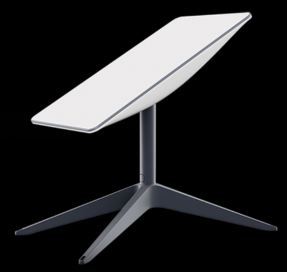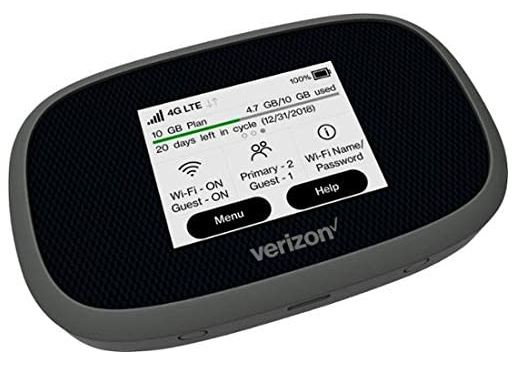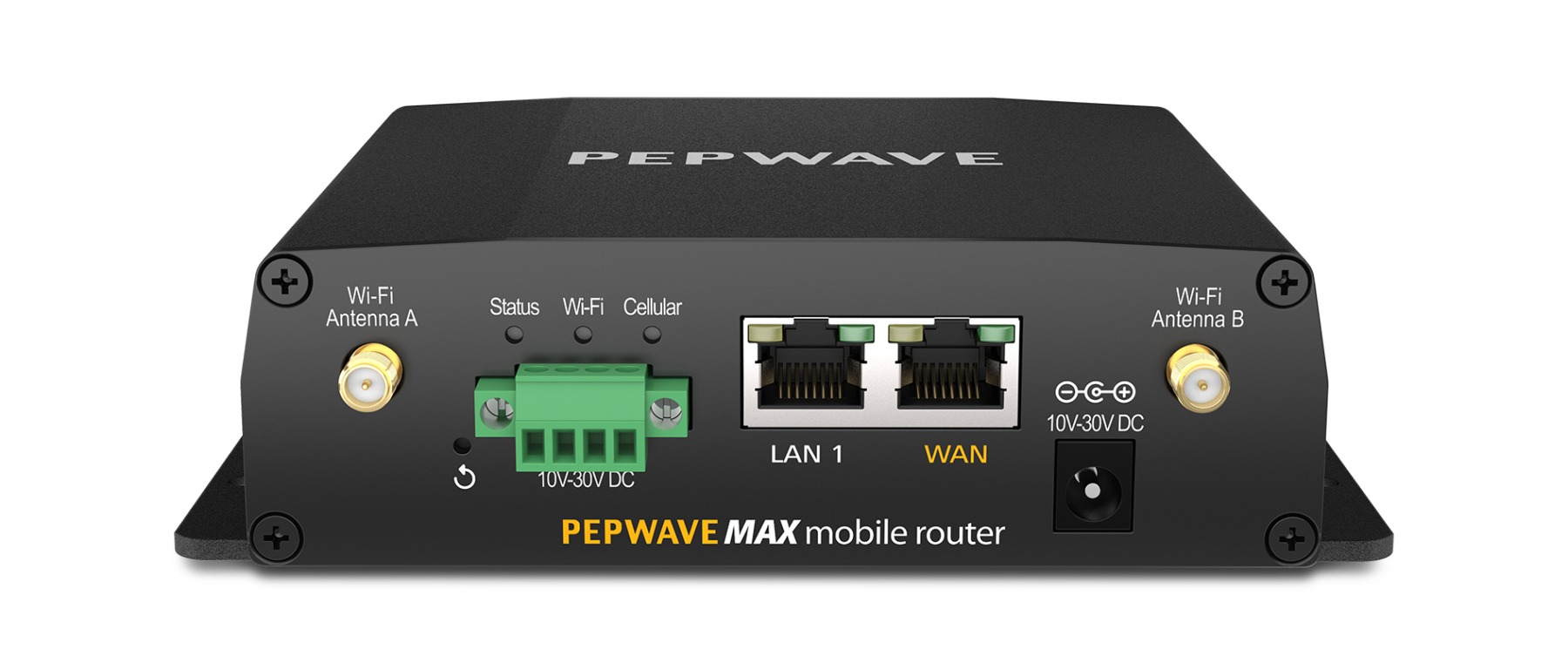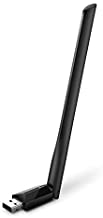User Tools
This is an old revision of the document!
Table of Contents
Internet for nomads
The internet is a lifeline for 'dwellers but it not always available in the ways it is for sedentary folk. There are several challenges:
- intermittency - the nomad will sometimes be completely out of range of internet access. i.e. no wifi or mobile data available.
- limited bandwidth - there is internet access but it is dodgy or very congested, as in an RV park or when shooting long distances to an open wifi access. Or getting 1 bar on a mountaintop in the middle of nowhere.
- security - know what is safe and what is not
- expense - mobile data is $$$ compared to residential broadband
Reducing consumption
Satellite Internet
This is the holy grail of long-term van life, especially for those who prefer wilderness and remote areas. Historically Satellite internet services have been plagued by very high prices for minuscule data usage, and unrealistically bulky equipment (think DirectTV dishes). However with the advent of Starlink this is changing: https://www.starlink.com/rv
Starlink is the satellite internet service offered by Space-X, and offers a tier of service specifically for RVs. $135/mo and a $600 receiver (or $2,500 for an in-motion receiver) gets you extremely fast internet in most places in the country.
The catch is that Starlink only works in remote areas. If you have a cell phone signal, you're probably not far away enough from civilization to get Starlink. Out west this is usually not a problem, but east of the Mississippi river there is usually too much population density for the service to be usable. See the coverage map here: https://www.starlink.com/map. This is a good solution for boondockers who set up camp in the wilderness, but it doesn't offer much usability for urban dwellers.
The receiver1) is also fairly large (about the size of a pizza box) and takes a lot of power (50-100w continuous draw). The less expensive receiver isn't designed for the sort of vibration and forces imparted when driving, so the majority of Starlink users keep the dish inside the van with them and only deploy it when they're stopped somewhere for an extended period of time. See one user's experience here: https://www.tuckstruck.net/truck-and-kit/geekery/starlink-for-overlanders/. The in-motion receiver is designed to mounted to the roof of vehicles and be operable while moving, but for most van dwellers the costs is not worth it.
Another downside is that to work, the receiver needs a completely unobstructed view of the entire sky. A single small tree somewhere in field of view is sometimes enough to make the connection drop out every few minutes, so sometimes having the portable (non-vehicle-mounted) dish is preferable. You can park in the shade, and run the dish out into a clearing (it's weatherproof).
When using Starlink on the RV plan, your traffic is de-prioritized over users who have a fixed address in the area and you may experience slower speeds.
The Starlink dish is powered from the included router, or a PoE injector which runs off of AC wall power. Experiments with powering the injector directly off of 12v DC using a Buck/Boost converter have yielded net power savings of ~30%.
Cellular data
Mobile (or “cell” data) is the internet access provided by mobile telecomm/cellular networks. This is always going to be a monthly fee.
There are two components of this equation; Who the carrier is, and what hardware you're using to connect.
Carriers
- Verizon dominates the RV/vandweller market because it has the most coverage, including out-of-the-way places. This makes it the most popular carrier among nomads and boondockers. Verizon is infamous for being expensive and for doing jerky things like limiting built-in features on their phones. It can be a bit of a love-hate relationship 2).
- AT&T and T-Mobile are about equal – full coverage near cities and spottier coverage in the boonies. One advantage to these carriers is that their SIM cards can be put in any unlocked GSM phone.
- Sprint is rarely used due to minimal coverage
- MVNOs
- Often you can buy data at cheaper rates. Mobile Virtual Network Operators (MVNO) are resellers who buy excess capacity from major networks and sell it to customers at reduced prices. Examples: Boost (Sprint network), U.S. Mobile (Verizon network) and many others.
- The tradeoff is that your data may be deprioritized when a particular tower gets congested. Coverage in rural areas can often be less reliable, as the economics of scale mean that there is less excess capacity for these MVNOs to buy. Your data will still work, it'll just be slower when all those folks paying full retail start streaming Netflix at 7pm or whatever. Can't put up with that? Pay full price and take your chances with congestion anyhow.
Perhaps counterintuitively, having a non-Verizon carrier can actually be desirable at RV meetups, since everyone else is likely to be hammering the Verizon towers.
Hardware
Your Cell Phone
At the simplest level, just use your cell phone. If you have a laptop, most phones offer a “hotspot” functionality where they will broadcast a (small) WiFi network that you can connect your laptop to. This works well for intermittent usage, however many cellular carriers restrict how much data you can user for this per month (Usually 10-20gb/mo for a consumer plan).
Dedicated Hotspot devices
Sometimes called “jetpacks”, these small devices are about the size of a deck of cards and effectively function as cell phones doing a perpetual hotspot (like above) but without the phone. They broadcast a small local WiFi network that you can connect your laptop, maybe phone, and a few other devices to (typically they don't support more than 5 WiFi devices connecting to them).
You buy them typically through your cellular provider, and they are billed monthly just like any other cell phone line. Usually carriers have different types of plans available for these devices, and while larger packages are available in the 100gig+ range they get very expensive.
Cellular Routers
Bigger versions of “Hotspot” devices, they offer more speed and capabilities at a higher cost. They typically have external antenna connection options, and sometimes the ability to bond multiple connection types together at once. Functionally they offer similarity to a consumer home Wi-Fi router, with the addition that you can stick a SIM card in them for internet instead of needing to plug them into your cable modem.
https://www.peplink.com\Peplink is extremely popular in the world of overlanders and cruisers (boaters). They offer good capabilities in terms of speed, features, and connectivity at a price that is more paletable to most people who are living in a van. Their Max BR1 line of cellular routers offer a reasonable blend of capacity and capabilities for the price.
Professional equipment
Cradlepoint dominates the professional end of the market.
These are commonly used commercially to provide wifi or data in buses, trains, delivery vans, and are targeted to companies with hundreds of vehicles. Because of this they are a lot more expensive than consumers are accustomed to, and more complicated to set up. They are intended to be deployed and managed by IT professionals, and to be used with roof-mounted antennas which can add complexity to a build.
A decent starting point is either the compact IBR900 (less expensive, 2×2 cellular radio, reasonable speeds) or the IBR1700 (physically larger device, but a 4×4 cellular radio for more speed as well as things like USB ports, OBD-II connectors, ethernet ports and GPIO pins).
A good installation guide is here: https://ridingroadsandtrails.com/sprinter-wifi-on-board/
Notes from a professional wireless network engineer
I use a Cradlepoint IBR1700 router connected to a Panorama Antennas LGMHM4-6-60-24-58 11-in-1 dome antenna which is mounted to the roof of the van. The router is ruggedized and designed to stand up to vehicle motion and vibration, and will run off of anything from 9-36v DC (it comes with a pigtail connector to wire into your battery system). It has a 4×4 MIMO cellular radio with the option to add a second, giving the ability to run two different SIM cards from two different providers and load-balance across them both at the same time. It also has three Wi-Fi radios (4×4 5GHz, 2×2 5GHz, and 2×2 2.4GHz), supports a native “WiFi-as-WAN” functionality, and integrates into the SD-WAN solution that allows me to connect easily to the datacenters that I oversea for my day job. The total price for this setup is around $2,500, and while the performance is incredible I hesitate to recommend it to non-IT people due to the cost and complexity of installation. It's not hard, but it's significantly more than a jetpack or consumer-grade wifi router from best buy.
Cellular Boosters
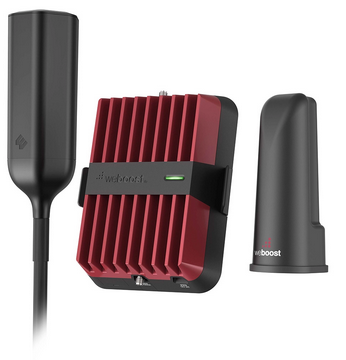 These devices try to give better cell service by picking up weak signals and re-transmitting them at a stronger strength inside the van. WeBoost is a popular brand.
These devices try to give better cell service by picking up weak signals and re-transmitting them at a stronger strength inside the van. WeBoost is a popular brand.
Real world performance is somewhat of a mixed bag. They can help in a few specific situations, but in many other situations they will make performance worse or result in even slower speeds. Much of this is because while modern cell phones (and cellular routers) can typically bond together multiple data streams at the same time for a greater overall throughput, a WeBoost can only pick up an amplify a single data stream. Cruiser and R/V forums and youtube are full of comparison articles and videos doing side-by-side tests.
The short answer is that for how much a WeBoost costs, the gains are extremely limited. It's usually better to put the money towards a Cradlepoint or Peplink router with a good roof-mounted antenna, as that will generally give better performance in a wider variety of scenarios.
WiFi
“WiFi” in this sense means connecting to the WiFi being broadcast from a traditional fixed internet connection. This could be the WiFi you find when parked outside a Taco Bell, Library, your friend's house, etc. Shore WiFi is to internet access as shore power is to electricity; cheap and plentiful. When shore wifi is available one should be prepared to take advantage of it.
Don't be a jerk
Use the resource appropriately and fairly; heavy use like streaming netflix or uploading YT vids can seriously impact the shared network. If it's a business, spend your money there. Follow the guidelines in the End User Agreement on the splash page.
Go inside wherever you can find wifi service. make sure you at least buy a drink or something so they know you are a customer. Be quiet, respectful, stay out of the way, leave if all the tables are full and there isn't room for other paying customers, etc. You can often stay for quite a long time - just be considerate of others and you'll likely never be asked to leave. – DollBabyLG3)
Connecting to WiFi
Wifi is often available in cities, but the Access Points may be too far to hit with individual devices. Solutions often include better antennas, better placement of existing antennas, or the installation of repeaters/routers.
In order from simplest/cheapest to most complex/$$$
Positioning existing equipment
WiFi works best with line-of-site, and does not pass well through metal. Relocate the device or park the vehicle so the laptop has a clear[er] view of the target. Line-of-sight through glass is better than having metal in between.
External WiFi adapters
External adapters are add-on WiFi cards that you connect to your computer (typically via USB). They are a single-device solution; they get wifi into that device, but not to any others.
The advantage of an external adapter is that they are often more powerful than the WiFi adapters that are built into laptops, and have larger (or the option to add larger) antennas. When used with a USB extension cord they can give you a lot more flexibility in making sure the receiver has good line-of-site to the access point (Such as taping the receivier to the front window while you're chilling in the back of the van out of sight).
- use a usb wifi dongle that plugs in rather than the device's built-in wifi. Preferably with movable or even detachable antennas
- completely separate usb wifi like an Alfa. These things are famous for a reason. The Alfa AWUSO36-series is famous for range and technical abilities. Having a separate USB on a cord may allow you to put the wifi receiver in a window/dash and keep the laptop inside.
External Antennas
Dongles (and routers – see below) with removable antennas are nice because you can upgrade to an antenna better suited to your uses. Common upgrades include:
- Using the same antenna on an extension so it can be place more advantageously
- Higher-gain (better performing) antennas
- Directional antennas that are aimed at the donor wifi
- In ideal situations, purpose-made antennas are mounted to the roof of the vehicle and then connected to the receiving device inside. This is the best solution, however they are expensive and require drilling yet more holes in your van.
Extenders & Repeaters
Wifi extenders/repeaters/routers work by hopping a wifi signal from some further access point. They are multiple-device solutions; all your devices will leverage the repeated wifi.
- Extending4) takes the signal (Taco Bell Wifi, for example) and makes it available as Taco Bell Wifi in your van. The Taco Bell Wifi signal is extended beyond its original design.
- Notes from a professional wireless network engineer: These things are terrible and should be avoided in all but the rarest of circumstances. Because they're adding a repeating station to an already large collision domain, every WiFi repeater that is connected to a network reduces the speed of the entire wireless network by 75%. Using one of these might make more bars appear on your phone, but as a result you are crapping all over the WiFi for everyone else who is connected to it.
- Relaying5) takes the Taco Bell Wifi and replays it as MyVanWiFi or whatever in your van. While slightly more complex to set up, this is the ideal solution.
- Relaying works by having two separate WiFi devices connected back-to-back; One WiFi device acts as the “receiver”, and connects to the host SSID (The Taco Bell WiFi). While the other WiFi device acts as your personal “transmitter” and broadcasts your local in-van network.
- There are products out there that attempt to do this in a single device, with varying degrees of success. However by using a receiver such as a Ubiquiti Nanostation Loco as a “receiver”, and then plugged it into the WAN port whatever off-the-shelf Best Buy router you have laying around, you can accomplish this for less than $100.
 Low-end and hobbyist units are inexpensive and can work okay, depending on your usage and technical ability.
Low-end and hobbyist units are inexpensive and can work okay, depending on your usage and technical ability.
- the GL-300M is a small ~$25 box that can be mounted anywhere it can see out a window or windshield.
- units with external antennas like the GL-AR300M can use better antennas, or extension wires to place antennas where they have a better view.
- SOHO (small office home office) routers like the Linksys are widely available in thrift stores for <$5 and usually have removable/replaceable antennas; look for units that run off 12v or 5v (usb) for easiest use.
Many also remember SSIDs (access point names) and will reconnect to them as you travel. You might pull into a McDonald's parking lot and hear your phone ding: the router has already connected to the wifi and your phone 6) is asking you to click to agree to the wifi conditions.
“Pro-sumer” WiFi access points like Ubiquiti Nanostations can be configured as part of a relay system, typically when mounted outside the vehicle. This makes for maximum range but can reduce stealth. Antenna wire losses are eliminated because the antenna is inside the receiver, and the signal brought into the vehicle over ethernet7).
DIY Relays
Raspberry Pi and similar hardware can be made into DIY Relays/Routers.
Commercial options
If the hack-it-together route doesn't appeal to you, there are pre-built solutions explicitly for these situations. Cradlepoint dominates in the professional mobile internet market, and for good reason. Not only can they function as excellent WiFi relays, but they are also cellular hotspot routers as well. See the Cradlepoint cellular router section below for more.
further reading
- TechNomadia are experts in mobile connectivity, and have a dedicated website for sharing that information.
- https://ridingroadsandtrails.com/sprinter-wifi-on-board/ Has some good information on doing internet in a van

